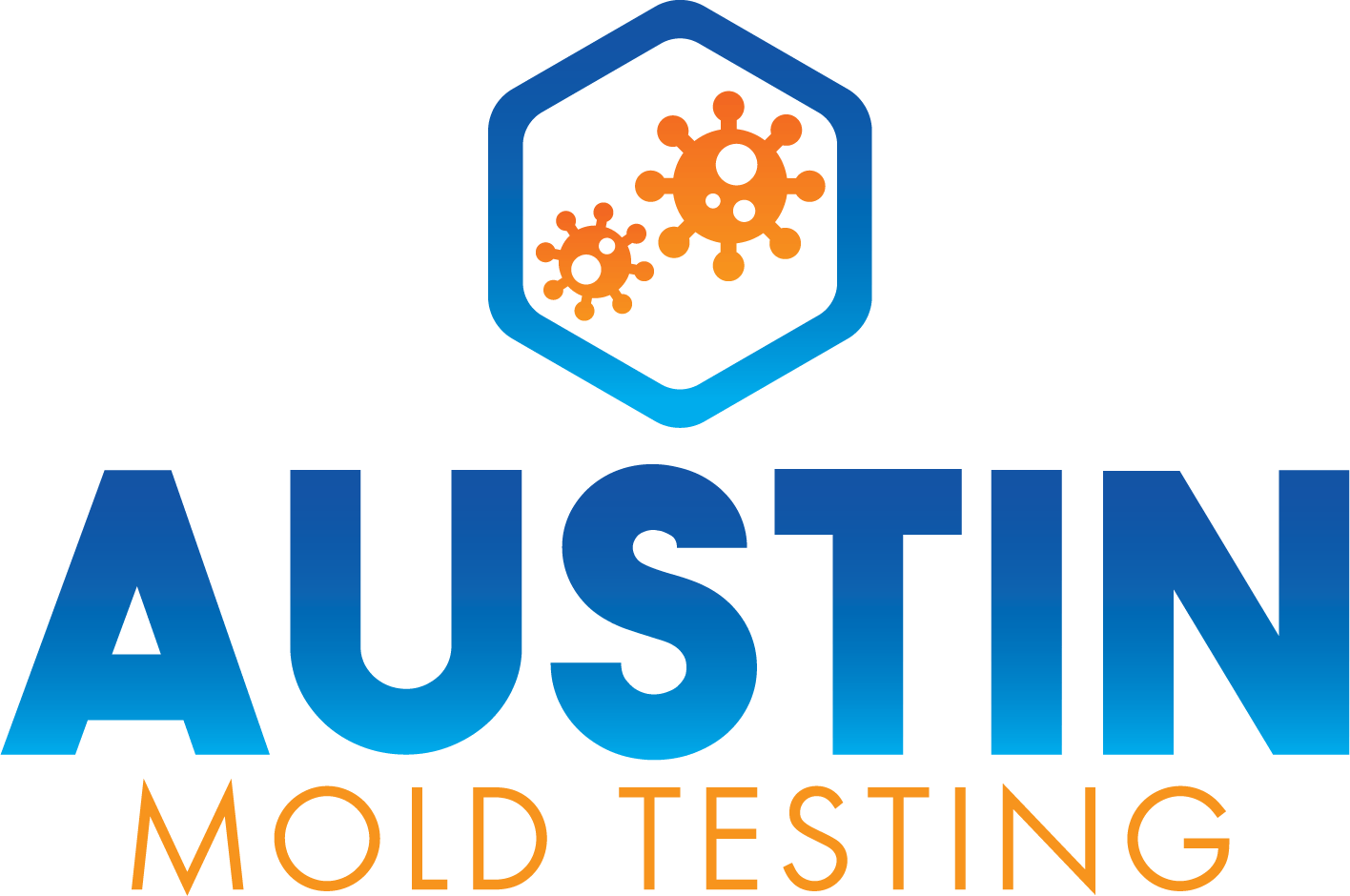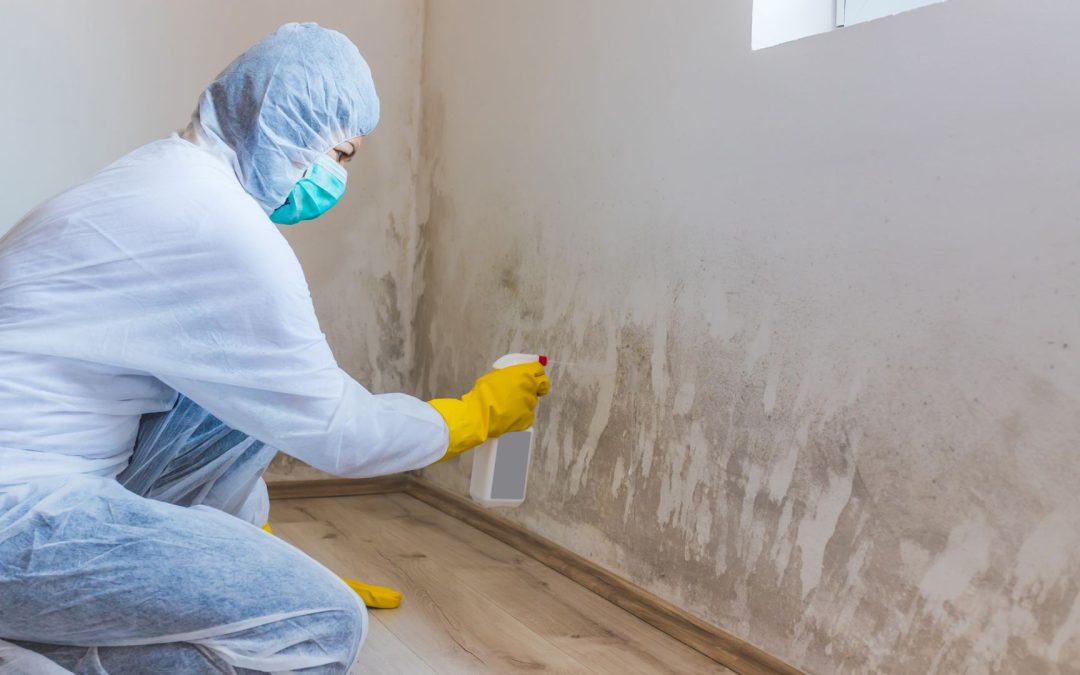
Testing your house for mold typically involves several steps, including visual inspection,
sampling, and possibly professional assessment. Here’s a general guide on how to test your house for mold:
Visual Inspection: Begin by conducting a thorough visual inspection of your home, paying
attention to areas where mold is commonly found, such as bathrooms, kitchens, basements,
and areas with water damage or high humidity. Look for visible signs of mold growth, including
discoloration, staining, or fuzzy patches on surfaces.
Moisture Detection: Mold thrives in damp environments, so it’s essential to identify and address
any sources of moisture in your home. Check for leaks, water stains, condensation, and areas of
high humidity that could contribute to mold growth.
Use a Mold Test Kit: Mold test kits are available for purchase at hardware stores or online. These
kits typically include instructions and materials for collecting air samples, surface samples, or
bulk samples from your home. Follow the instructions carefully to collect samples from areas
where mold is suspected.
Send Samples to a Laboratory: Once you’ve collected samples using the mold test kit, send
them to a certified laboratory for analysis. The lab will analyze the samples to determine the
types of mold present and the concentration levels. Some mold test kits include prepaid mailers
for sending samples to the lab, while others may require you to arrange for shipping.
Interpret the Results: After the laboratory analysis is complete, you’ll receive a report detailing
the findings of the mold test. The report will indicate the types of mold detected, the
concentration levels, and any recommendations for remediation if necessary.
Consider Professional Assessment: If you’re unsure about how to test for mold or if you suspect
indoor air quality specialist. These professionals have the expertise and equipment to conduct
comprehensive mold assessments and provide recommendations for remediation if needed.
Take Action: If mold is detected in your home, take prompt action to address the problem.
Depending on the severity of the contamination, remediation may involve cleaning and
disinfection, removal of moldy materials, or professional mold remediation services.
Testing your house for mold can help identify potential mold problems and guide you in taking
appropriate remediation measures. Keep in mind that while DIY mold test kits can provide some
insight into mold levels in your home these are often unreliable so professional assessment may

